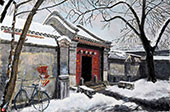Digital project offers new way to protect treasures
By Wang Kaihao ( China Daily ) Updated: 2016-08-02 08:46:06Speaking of the relics in the palace, Kunga Tashi, deputy director of administration office of the Potala Palace, says: "Though the palace is a reservoir of cultural brilliance, we are not very sure how many cultural relics we have.
"We have our lists on paper but we often face problems in estimating the age of the relics."
In 2012, when the State Administration of Cultural Heritage launched a nationwide survey of the country's cultural relics, the palace got a chance to cross-check the stored treasures using their lists.
About 60,000 ancient books or files, and 40,000 items including thangka, Buddha statues and porcelain articles have been found.
As for the condition of the treasures, Kunga Tashi says: "As the climate in Tibet is drier than many other parts in China, it means most of the relics are still in good condition and not affected by oxidation."
Speaking of the progress of the Potala Palace digital project, Pempa Lobsang, deputy chief of the cultural relics custody department at the palace, says he and 22 colleagues are busy taking photographs and checking the collections, and adds that he expects the work will be completed by the end of the year.
"But now we have to deal with the damage to many items, especially textiles," he says.
The challenge for the palace now is to create capacity to repair the damaged relics.
Tibet's first laboratory to conserve cultural relics was founded in 2001 at the Tibet Museum.
In 2014, the State Administration of Cultural Heritage allocated 14.8 million yuan ($2.2 million) to the museum to upgrade its lab, with a special focus on the restoration of thangka.
The lab then also began a series of training programs with its counterparts at the Shanghai Museum, the Capital Museum in Beijing and the China Silk Museum in Hangzhou, capital of East China's Zhejiang province.
And the training programs have begun to bear fruit, says Dadron, deputy director of the Tibet Museum.
"With local expertise being nurtured, we are now not only restoring our own collections, but are also helping to take care of items at other institutions and monasteries.
"We are also building the criteria for the restoration and custody of relics from the entire autonomous region," she says.
"The museum can thus become the flagship of an online network to guide comprehensive protection," she adds.
|
|
|
|
|
|
|
|

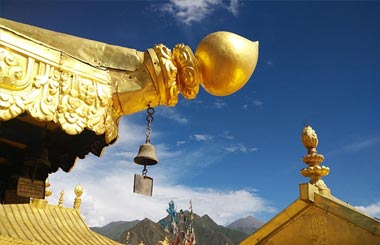



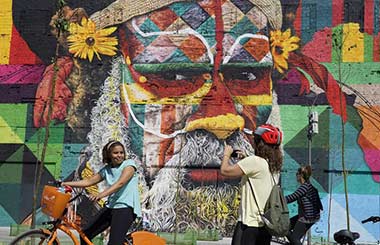


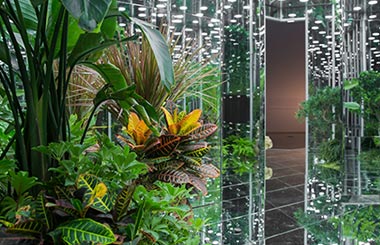

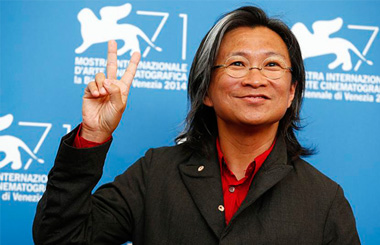


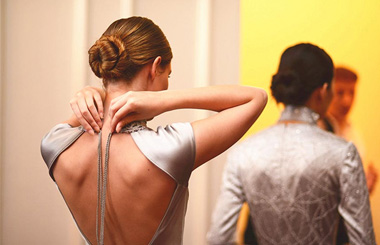



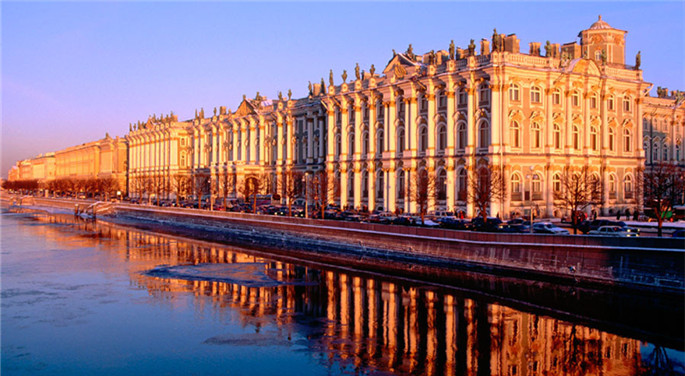
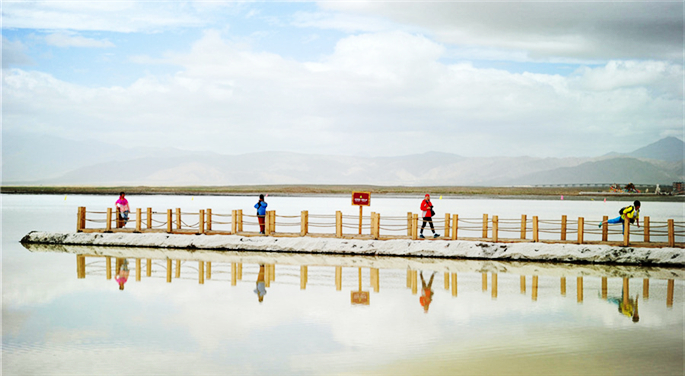

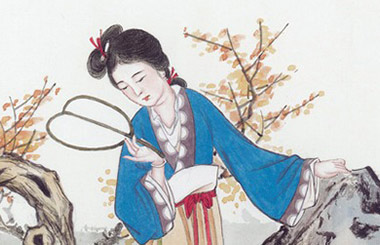
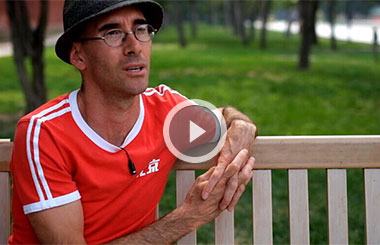
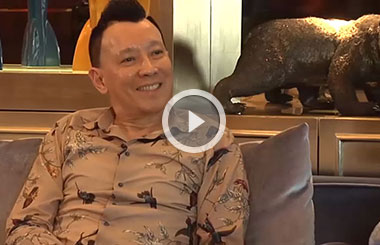
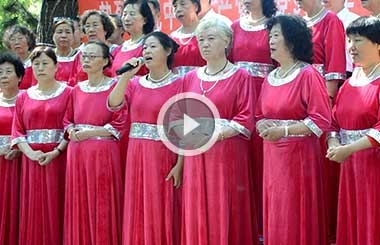
 Raymond Zhou:
Raymond Zhou: Pauline D Loh:
Pauline D Loh: Hot Pot
Hot Pot Eco China
Eco China China Dream
China Dream China Face
China Face





